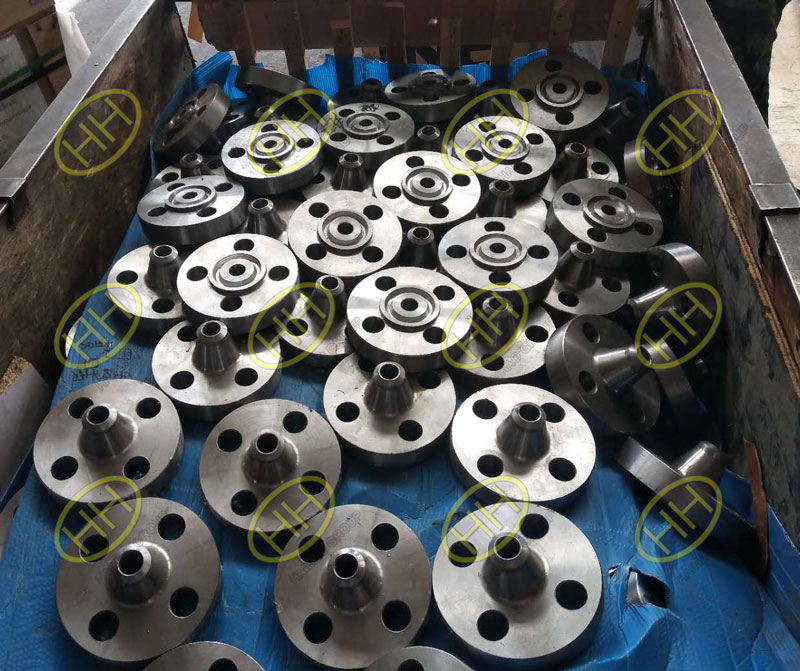What are the three methods for partial repair of flanges?
The application of flanges plays an important role in many aspects, including petrochemical industry, energy industry, scientific research and military industry and other sectors of the national economy. However, in the reactor of the oil refinery, the production environment where the flange is located is very harsh, and the performance of the flange must be excellent, because the reactor has a feed port and a discharge port with a pressure sensor and a temperature sensor. Wait for the flange interface, the container is prone to defects such as flange sealing surface damage, scratches, and cracks during use, which affects the sealing performance of the flange. Here to share with you what precautions the flange should take in response to this situation.
There are three methods for partial repair of flanges:
First, increase the tightening torque value of the flange bolts. This method is suitable for flange sealing surfaces with slight corrosion and scratches.
Second, the use of a grinding ring for manual on-site grinding repair is used for local surfacing of a small area of the sealing surface.
Third, offline repair is usually used for sealing surfaces that have serious cracks or defects and must be treated, and when online cannot be repaired or cannot meet the requirements, this method is usually used. That is, the container is disassembled, shipped to the manufacturing plant, cracks are removed, welded, heat treated, and then processed on a large-scale CNC device. Large-scale cranes and transportation equipment are used to disassemble and transport the containers, which are expensive and long in construction period, causing great economic losses to petrochemical enterprises.
In addition, due to the various inconveniences and drawbacks of the on-site processing and repair of the container flange, it is very necessary to design a process for directly on-site repair and reprocessing of the flange. Ensure real-time repair and perfection of flanges.


